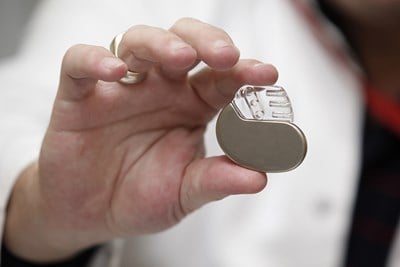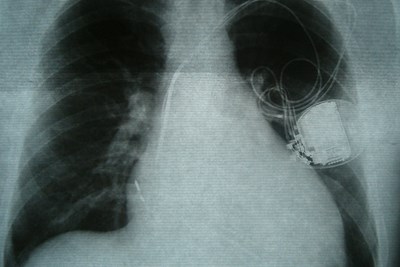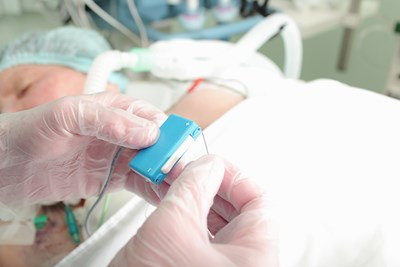A pacemaker is an implantable device that fits neatly under your skin beneath the collarbone. The device monitors your heartbeat, sending out an electric signal to override the heart’s natural electrical signal to regulate the heartbeat. It can be frightening to live with a pacemaker, but it doesn’t have to be! Here’s a look at living a normal life —even with a pacemaker in place.
Diet and Exercise
Most doctors suggest waiting at least a month after pacemaker surgery before engaging in any strenuous activity or heavy lifting. Taking a walk each day is a good idea, but wait for your doctor’s approval before starting any serious exercise. Golfing, tennis, and swimming are best avoided for at least six weeks.
Although having a pacemaker implanted doesn’t require a change in diet, depending upon the reason for the implantation, eating healthier and getting regular exercise may improve quality of life even further.
Electronics
Most electronics you come into contact with regularly will not pose a problem to your pacemaker. However, since these devices can now be programmed and adjusted externally through certain frequencies, things like cell phones and mp3 players should not be placed directly over the location of the pacemaker (such as in a shirt pocket).
Additionally, it is recommended that cell phones be used on the opposite side of the body from your pacemaker. Any medical procedures that involve frequencies, magnetic waves, or other similar techniques should be discussed thoroughly with your doctor. When going through metal detectors for airport security, inform personnel, as you pacemaker may set off the alarm. When being searched manually with a wand, as little time as possible should be spent with the wand directly over your pacemaker.
Work
Allow yourself about a week after surgery before returning to work (unless your job involves strenuous activity). If you work around equipment that emits large amounts of energy, cars, welding, or other power-generating equipment, your doctor can arrange a special test to ensure the safety of such practices.
Healthcare
Be sure to inform any physician you see that you have a pacemaker implanted. The Mayo Clinic warns especially about “magnetic resonance imaging, therapeutic radiation for cancer treatment and shock wave lithotripsy” and electrocautery. Regular adjustments to ensure your pacemaker is working properly will be necessary. Again, modern pacemakers can be adjusted with external devices, which makes fitting your pacemaker to your body much easier.
The pacemaker itself may eventually start to wear down and require a replacement. Batteries die, parts stop working properly, and cardiac diseases change. Pacemakers last an average of seven years, but they can stay active as few as five or as many as fifteen years. Eventually, additional surgeries may be necessary to replace the device, but they are less involved than the original. Talk to your doctor about any concerns you have regarding your lifestyle and a pacemaker’s place in it.



